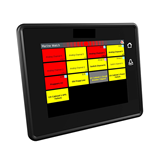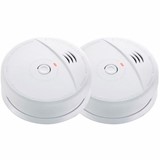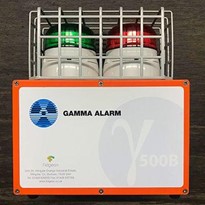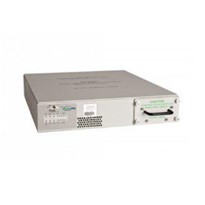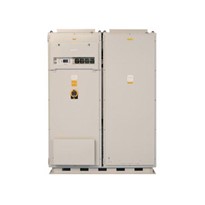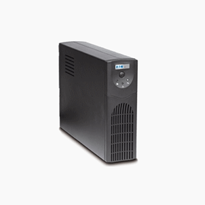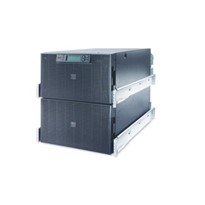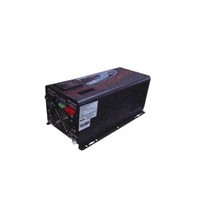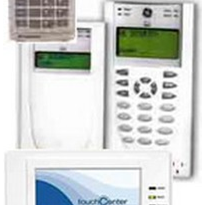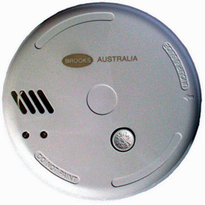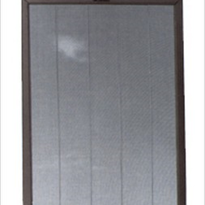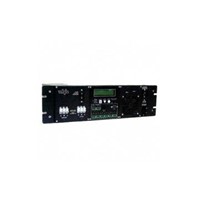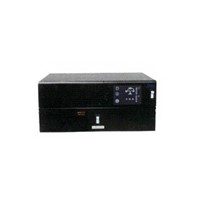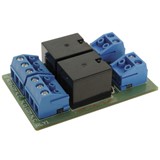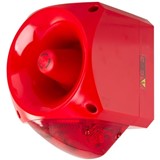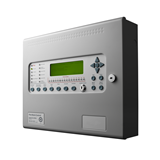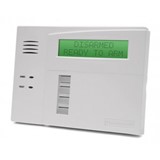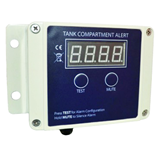A limit alarm trip monitors a process signal (such as one representing temperature, pressure, level or flow) and compares it against a preset limit.
If the process signal moves to an undesirable high or low condition, the alarm activates a relay output to warn of trouble, provide on/off control or institute an emergency shutdown.
While limit alarm trips are best known as a sure way to activate a warning light, siren or bell when a process problem occurs, they are also called upon to do much more. In fact, today's highly flexible and versatile alarm trips can be found working in a wide range of applications, under an impressive list of pseudonyms.
"Hard" vs "Soft" Alarms
Because they are hard-wired into the process and provide relay outputs, independent limit alarm trips are often referred to as "hard" alarms. This term differentiates a "hard" alarm trip from the software-implemented alarm (a "soft" alarm) which is found within a Distributed Control System (DCS) or a programmable logic controller (PLC).
Why use "Hard" Alarms?
Most every plant performs alarm functions using "soft" alarms within their DCS or PLC. As such, some might argue that "hard" alarms are not necessary.
However, "hard" alarm trips complement DCS and PLC systems by providing redundancy, simple control and critical safeguarding. Because of the potential consequences to plant and personnel, "hard" alarm trips continue to be the accepted industry standard for a wide range of primary alarming functions, as well as for backup of DCS and PLC strategies in critical Emergency Shutdown (ESD) and Safety Related Systems (SRS).
"Soft" alarms can be susceptible to common-mode failures (such as failure of a computer-based system's power supply, hardware or software) that could disable all of the "soft" alarms in the entire system. Therefore, "soft" alarms may be inappropriate for providing the degree of protection demanded for some critical applications, such as those found in Emergency Shutdown Systems (ESD) or Safety Instrumented Systems (SIS).
"Hard" alarms are not exposed to the adverse effects of a common-mode failure because they maintain complete independence from the DCS or PLC. "Hard" alarm trips distributed throughout a facility can be used to provide warnings and safety backup measures in the event of a common-mode failure. That's why in critical and safety-related applications, the use of "hard" alarms is a requirement of many insurance companies.
Another good reason why "hard" alarms should be considered in place of, or to back up, "soft" alarms is that rather than intermittent scanning of individual points as is accomplished by a DCS or PLC, each "hard" alarm provides continuous supervision of an individual process signal.
In some fast-changing applications, the computer's scanning speed or network throughput time may be inadequate.
In addition, "hard" alarms are typically easier to set up, which eliminates potential programming errors. They are also less prone to failure, inadvertent changes and tampering.
Basic Limit Alarm Trip Functions
Anything from simple annunciation to shut down of an entire process can be handled by a limit alarm trip. An alarm trip accepts an input signal from a monitoring or control instrument, such as a signal transmitter or sensor.
When the monitored variable falls outside of a user-set "Trip" (also called "Set") Point, the alarm trip activates one or more of its relay outputs. The relay(s) are typically used to control a warning light, annunciator, bell, pump, motor or a shutdown system.
In most units, once an alarm trips, it remains in an alarm condition until the process signal re-crosses the trip point and passes out of the deadband. An adjustable deadband makes it possible to increase or decrease this range, thus affecting what point the relay returns to its normal, non-alarm state.
Using this relatively simple "cause and effect" action, limit alarm trips can be economically used in a wide variety of basic and complex applications:
- Warn of trouble by providing a "hard" alarm output when a process signal exceeds a high and/or low limit.
- Create an independent emergency shutdown system to avert undesirable situations in the event of a central power failure or DCS shutdown.
- Provide redundant warning or shutdown capabilities to back-up and compensate for failure of DCS or PLC "soft" alarms.
- For simple applications, replace over-complicated PLCs with alarm trips that are easier to set up and use.
- Reliably and cost-effectively provide on/off control of pumps and motors in batching and similar applications.
- Sense dangerous conditions and shutdown control equipment before it is damaged.
- Monitor an input for a change in value, and trip an alarm when the input rate-of-change exceeds a selected rate, over a selected time period.


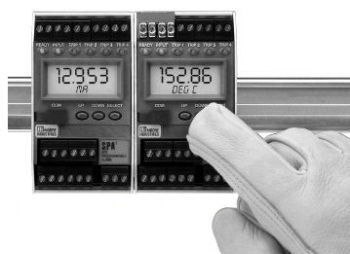
2-160x160-state_article-rel-cat.png)
